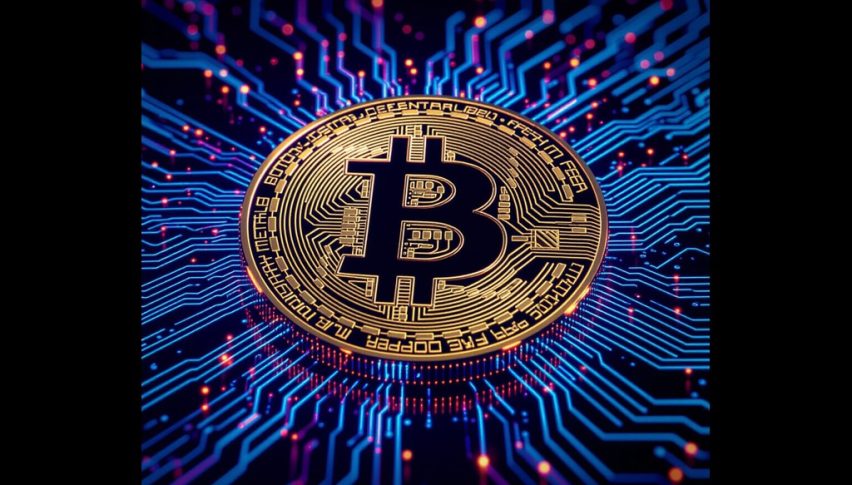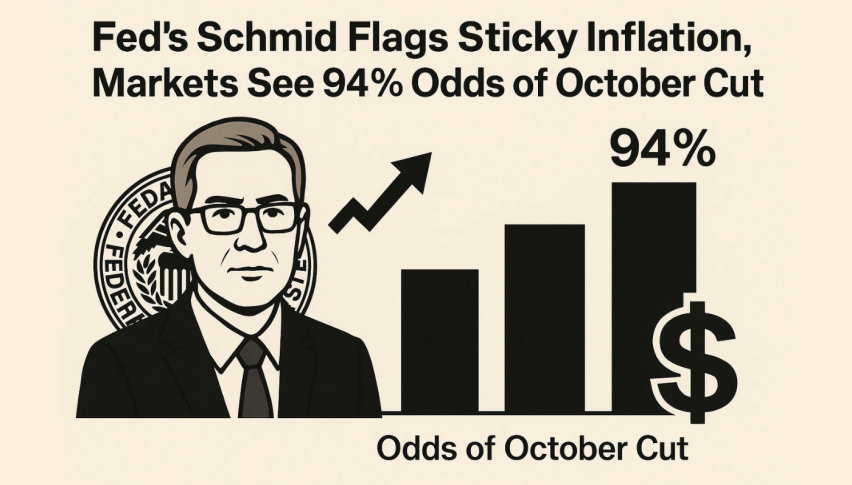High Inflation Here to Stay! – Central Banks Give Up on Temporary Inflation
Central banks start to accept high inflation, as CPI and prices don't come down

Inflation picked up last year in the US while this year surged even higher, posting more than %5 increase in the last three months. The rest of the world seems to be following up, with CPI (consumer price index) inflation increasing above 3% in Europe. Central bankers have tried to brush it under the carpet, referring to the high numbers we have seen as transitionary, but inflation is not cooling off and central bankers seem to be giving up on ignoring it.
At Jackson Hole, Fed Chair Jerome Powell confidently outlined why high prices would recede or flatten out. That was followed by a benign CPI report, giving Team Transitory a win in the data.
Since then, supply chain issues have gotten worse, energy prices have exploded and now bond yields are rapidly climbing. In a month, that feeling of confidence has shifted to subtle expressions of angst. To be clear, they’re small shifts but it’s a trend worth watching very carefully.
Powell:
The confidence around transitory inflation is gone, and as many have pointed out, he didn’t even use the word at the latest FOMC.
Today he said their “current view” is that the spike in inflation won’t lead to ongoing higher inflation. Along the same lines, he conceded that it’s “very difficult to say how long higher inflation will last” but that they “expect to get through it”.
Also missing is the ‘two sides’ rhetoric. Acknowledgments about low inflation — which is the battle they’ve been losing for a decade — are absent. . If supply shocks were to be resolved more quickly than anticipated and things like used car prices fall, there’s an unmentioned risk of an undershoot.
Bailey:
Earlier this week, Bailey made a speech where he dove deeper into inflation questions and asked if this is the beginning of a structural change in the economy where people ask for more pay.
Today he added that they’re keeping a close watch on inflation expectations.
The Fed’s Williams:
Williams is a good barometer of the center of the Fed. In his most recent comments, he highlighted temporary forces behind the rise in inflation but added he’s not seeing worrying signs of inflation yet “but it’s something to watch closely.”
Timing:
Another interesting shift is around timing. We’ve all seen central bankers push out the timelines for when transitory inflation will fade but it’s also important to pin down the new timelines they’re giving and to monitor those. In comments today, Kuroda said that “in the next few months” the supply chain pressure will be somewhat reduced while Lagarde said bottlenecks should fade in the first half of next year. Powell said inflation will run well-above target for the “coming months” before it eases and that supply chain issues “are still not getting better” and will continue into next year.
- Check out our free forex signals
- Follow the top economic events on FX Leaders economic calendar
- Trade better, discover more Forex Trading Strategies
- Open a FREE Trading Account


